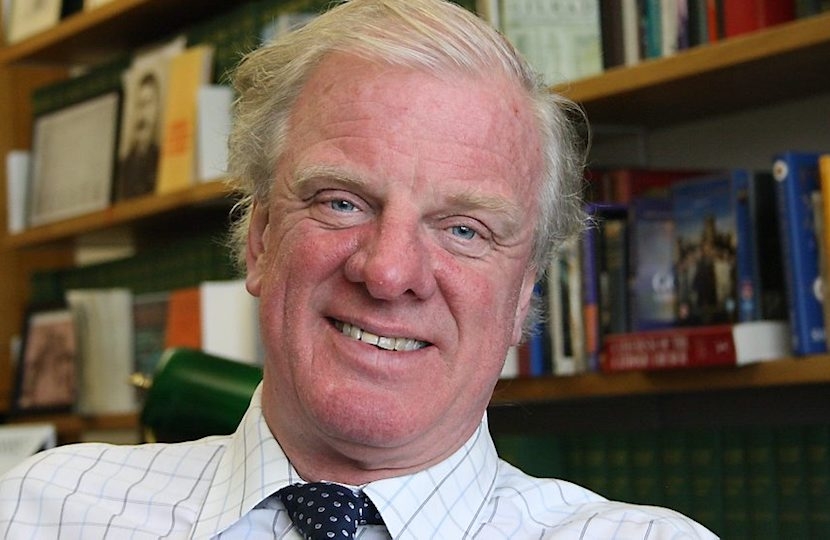
Buckingham Palace is undertaking significant works to preserve and restore Queen Victoria’s final resting place in the aftermath of a 2009 hearing chaired by Sir Edward Leigh MP. The Royal Mausoleum at Frogmore contains the tomb of Queen Victoria, Britain’s second-longest reigning monarch, and her husband Prince Albert, but has been closed to the public since 2007 after it was declared structurally unsound.
Sir Edward Leigh, the Conservative Member of Parliament for Gainsborough, wrote to Buckingham Palace last month noting that Frogmore Mausoleum is “the resting place of one of Britain’s greatest and longest-reigning monarchs” and a “building of great historical significance.”
“I can’t help but think it would be good for historical awareness for the building to be in good condition and open to the public,” the MP of more than three decades’ service in the Commons continued.
The case of the Royal Mausoleum was singled out during a 2009 hearing of the Public Accounts Commission while the Gainsborough MP served as Chairman of the parliamentary spending watchdog.
Sir Michael Stevens, the Keeper of the Privy Purse, noted in his reply that, since the 2009 hearing, “we have embarked on an extensive programme of environmental monitoring.”
“The results of this monitoring has led to certain temporary works being undertaken which have facilitated the drying out of the mausoleum,” Sir Michael said, “which means we are now in a position to begin a major phase of repair later this year.”
Sir Edward Leigh said that he was pleased to hear of the full programme of works planned for the mausoleum.
“I am delighted that Buckingham Palace are ensuring the necessary work is being done to restore this beautiful mausoleum to a state befitting the Queen-Empress who gave her name to the era of Britain’s greatest age of social, cultural, and economic advancement.”
“When we think of Napoleon in Les Invalides and Lenin in his tomb in Red Square, it is humbling and somehow typically British to think that one of our country’s greatest monarchs is buried in an almost forgotten resting place.”
“I hope one day it will be better known,” Sir Edward commented, “and I am glad to see further substantial restoration will commence shortly.”

